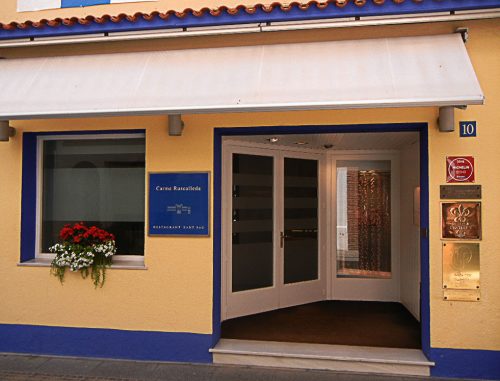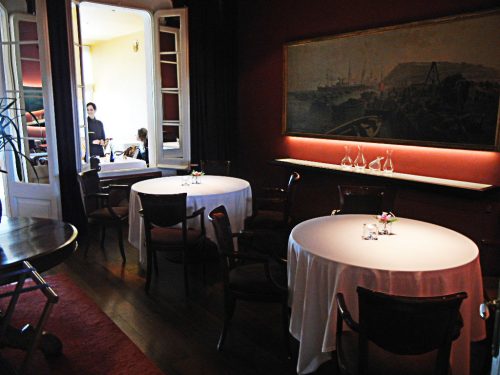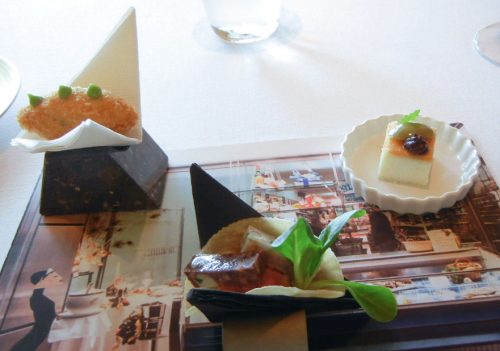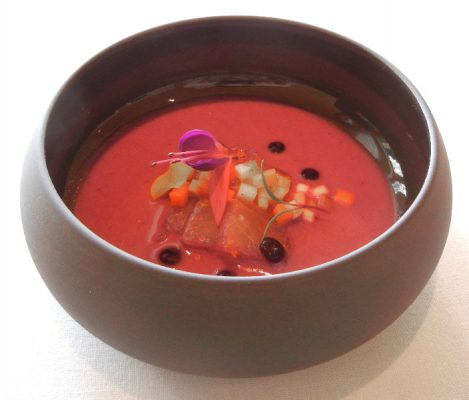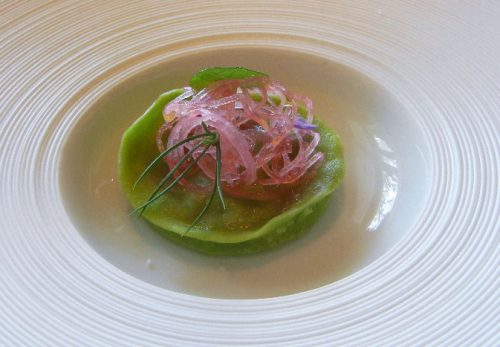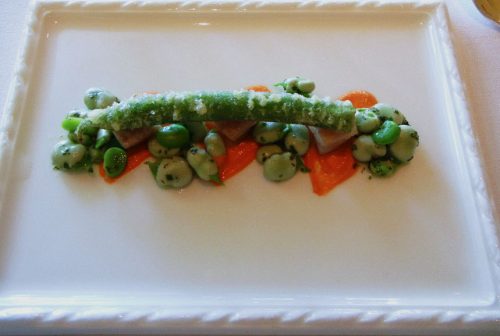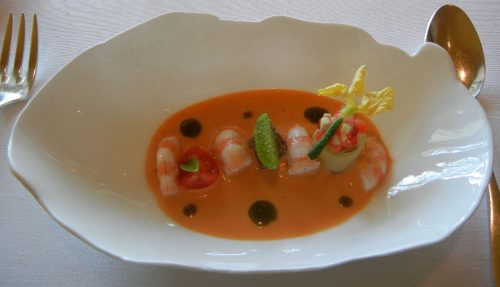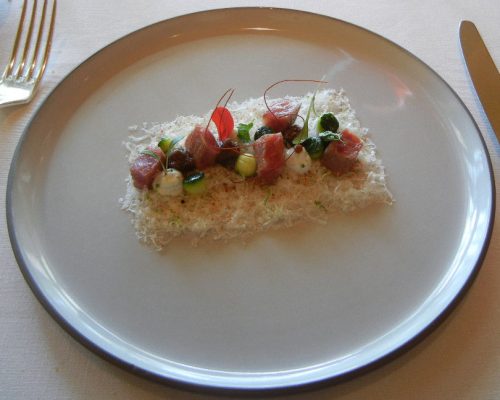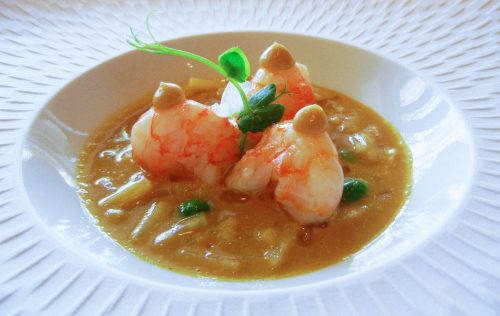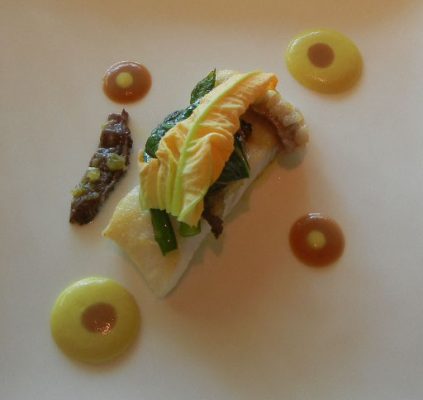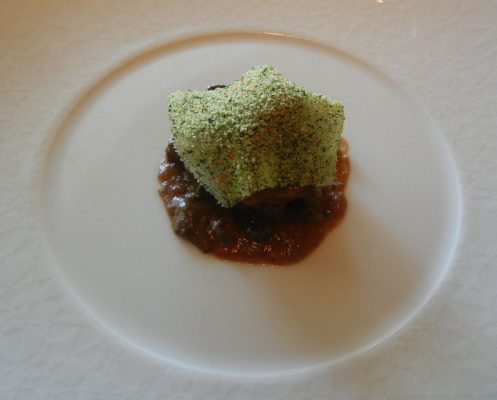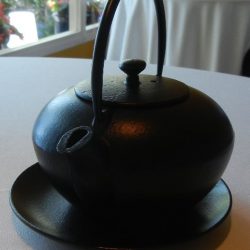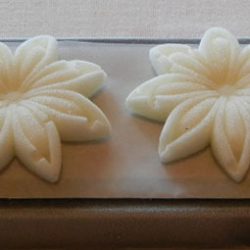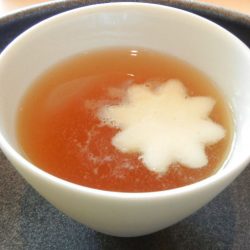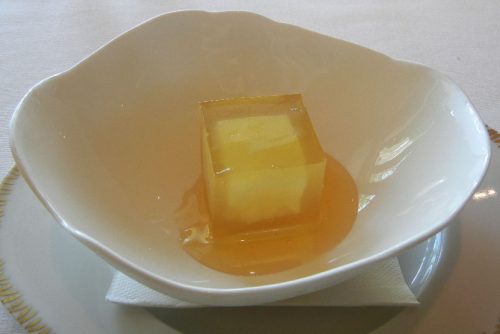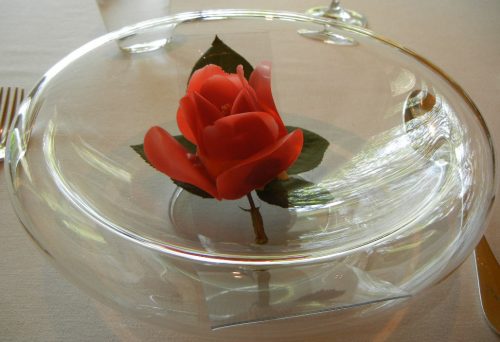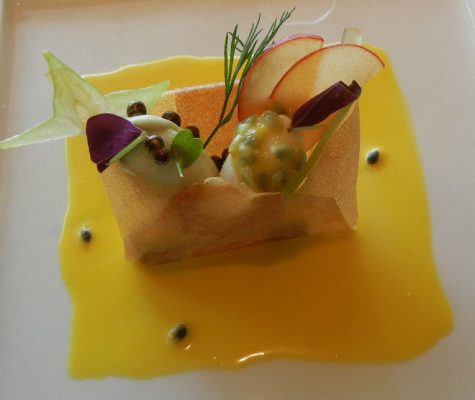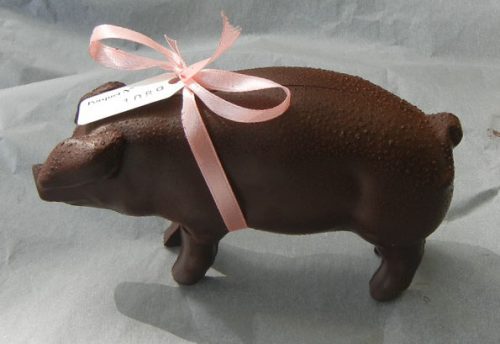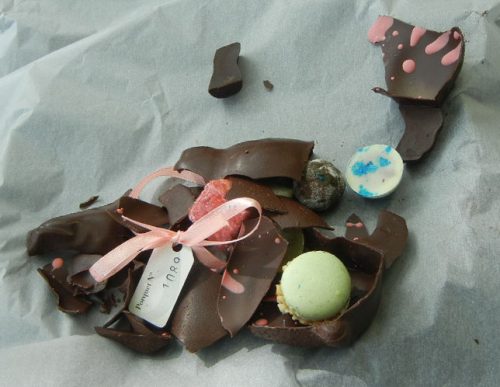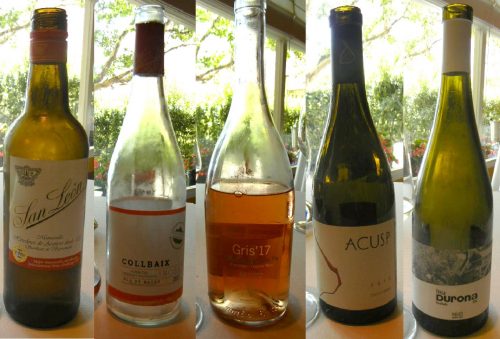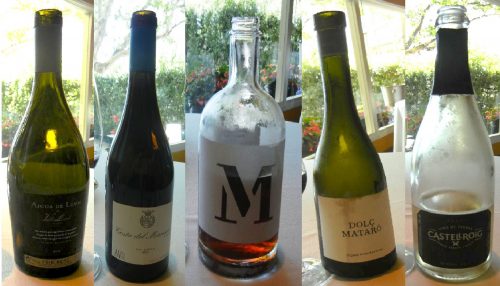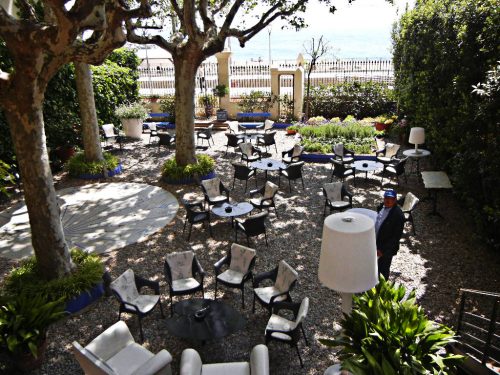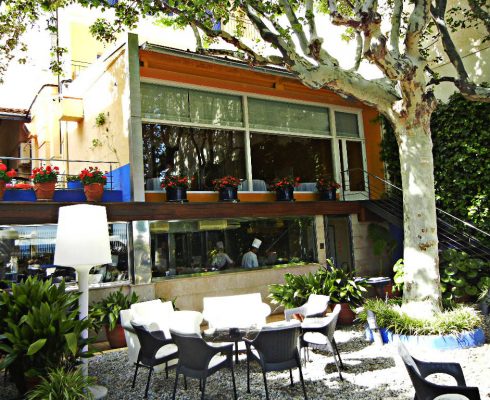Sant Pau
Carrer Nou, 10, 08395
Sant Pol de Mar, Spain
+34 937 60 06 62
Nestled between Barcelona and Girona, in the North Eastern part of Spain, is the charming seaside town of San Pol De Mar. The town is home to Catalan born chef, Carme Ruscalleda, and her three Michelin Starred Restaurant Sant Pau. Chef Ruscalleda is a culinary superstar who has authored several books and won numerous awards. Her total of seven Michelin stars is second only to Martin Berasategui (with ten) in the nation, while sharing the title with Ann Sophie Pic as the most starred female chef.
Chef Ruscalleda opened Restaurant Sant Pau in 1988 with her husband Tony Balam, and it was awarded a Michelin star in 1991. The second star came in 1996, then eventually the third star in 2008 in which they had continuously maintained up to this day. In addition to San Pau, Chef Ruscalleda also operates a pair of two Michelin starred restaurant, San Pau in Tokyo, and Moments in the Mandarin Oriental Hotel in Barcelona.
It takes an hour by train to get to Sant Pau from Barcelona. The journey itself is beautiful and scenic as the train runs along the coast. The tracks are a few feet away from the sea, and you can literally watch the waves crashing to the rocks from your seat. From San Pol de Mar train station, the restaurant is meters away situated on a small street and easy to find especially with its colorful façade. Sant Pau’s interior is modest compare to the other three Michelin starred places. The main dining room has an abundance of natural light with walls in rusted yellow. There are well-spaced round tables covered in thick cloth with classic wooden chairs, and they are arranged for the guest to look out to the Mediterranean Sea. Separated by French doors, is another room which is dimly lit with colors of dark red dominating the space.
Sant Pau offers a tasting menu for both lunch and dinner priced at 189 EUR, while also having an a la carte selection. On this visit, I had the tasting menu. To start, the MEMORIES OF A SHOP– cod croquette, spicy green pepper ganxet, black and “del perol” botifarra, bread with tomato salty cheese cake, olives and herbs were small snacks served all at once. They were terrific intro to this meal, but the cheese cake and its savory aspect was particularly delightful.
The first course, was the Japanese Style Cured Dentex – beetroot and vegetables. It had a distinct beets sauce that went extremely well with the cured fish. The garnish of fresh diced mix vegetables provided texture that it needed. The ANIMAL, OR PLANT – anemone ravioli, basil, pistachios was interesting. A ravioli made from sea anemone (a type of animal related to jelly fish and corals) features a clean oceanic taste.
TERROIR FLAVORS- dewlap, beans, xiulet, romesco sauce was a medley of green beans on top of salty romesco sauce. To cut down the sauce saltiness and balance the dish, fat from the pork neck was brilliantly used. Next was the KING PRAWN TWIST-tomato and strawberry velvet which consisted of meaty large prawns that were drenched in floral and vegetal essence lingering sweetness. That was followed by JAPANESE WAGYU-bread, labneh of fine herbs; cubes of flavorful wagyu beef cooked medium rare set on top of crispy cracker covered with shaved parmesan. The pickled cucumber and the fermented yogurt had different types of pleasant sourness that mingled with other ingredients without overpowering them.
The meal continued with the GAMBA TAILS- with saffron, celeriac and green peas. This consists of nicely cooked shrimp tails, accompanied by creamy celeriac, and infused with a wonderful sharp shrimp taste and aroma. MONKFISH LOIN-curry, chutney, asparagus and morels was a piece of tender monk fish covered in leafy vegetables and asparagus. The pair of curry and chutney dots on the plate added an extra flavor to the monkfish while the morels gave it a touch of nuttiness.
For the main course, the CHILDHOOD MEMORIES-Girona veal with fairy ring mushrooms was a scrumptious veal coated in thick lightly sweetened sauce, topped with vegetable gelatin, and almond crisp. The mushroom supplied a beautiful earthy element to the veal.
HOJICHA TEA-yuzu sorbet was the palate cleanser. The tea was served cold and had subtle citric acidity that was quite refreshing. It successfully removed any savory remnant left in the palate. The sweet courses began with the HONEY AND CUSTARD CHEESE-new concept jellatine honey sweet cheese, which was a cube of cheese custard enclosed in translucent gelatin honey. This had terrific layers of honey and creamy sweetness. The EL MARESME-roses and strawberries had an apparent sugary rose presence that was enticing. Finally, the main dessert, MISSIVE TO THE CLIENT-sakura, ginger, passion fruit had a mild sweetness combined with some bitterness, spiciness, and tartness. The mixture created an enjoyable dessert dish.
I was offered a choice to conclude at my table or at the court yard. Since this was a nice sunny day, I chose the latter. I was then given a tour of the kitchen before being led to my table outdoor where I was served the A CHOCOLATE PIG-lime and lemon amber, Jamaican pepper meringue, Amarula macaroon,raspberry marshmallow, coffee nougat sea water bonbon. In order to get to all the sweet stuff, the pig had to be broken with a reflex hammer. This was a playful way to end to this meal.
The tasting menu titled “30 Years of Santpolean Gastronomy” (a reflection Sant Pau’s three decades of history) was an impressive performance overall. It showed a high degree of cooking skills, and the ingredients used in every plate was superb. The modern Catalan cuisine that they served was light and compose of different flavors that were beautifully arrange. Their sauces not only worked as a complement but also added depth of flavors. The wine pairing for 59 EUR is considered a bargain, which featured wines from Catalonia, and consisted of ten glasses that were selected by the sommelier to enhance the taste in each course.
Wine Pairing:
San Pau staff were particularly attentive, accommodating and well informed. They explained each course in the tasting menu clearly and in detail. Mr. Balam had a welcoming attitude that was mirrored by the staff. He is the first to greet the guest as they arrive and his presence in the dining was significant. He took his time stopping by every table to chat with the guest more than once during the course of the meal.
With a tasting menu price at 189 EUR, Sant Pau is one the very few affordable three Michelin starred restaurant out there. But that price point did not diminish the quality of food it offers, and the dining experience it provided.
After my visit, news broke that Sant Pau will close in October 27th joining the like of Joel Robuchon in Singapore, Germany’s La Vie and Chihana (due to fire) in Kyoto as the other three Michelin starred establishments to cease operation this year. Chef Ruscalleda decided to focus on other projects, the restaurant will eventually morph in to a wine bar and will be run by her daughter. The impending closure is a great loss for the nations that prides itself for having world renowned restaurants. During its thirty years of existence, Sant Pau has gradually turned into one of the best in Spain, and made Chef Carme Ruscalleda a household name.


